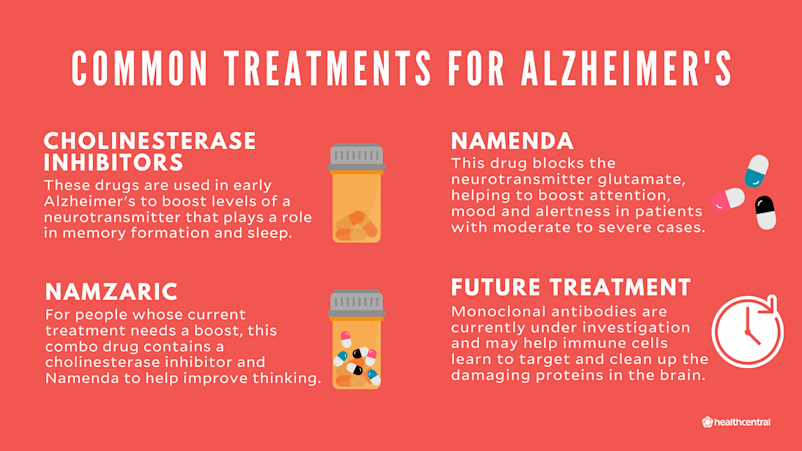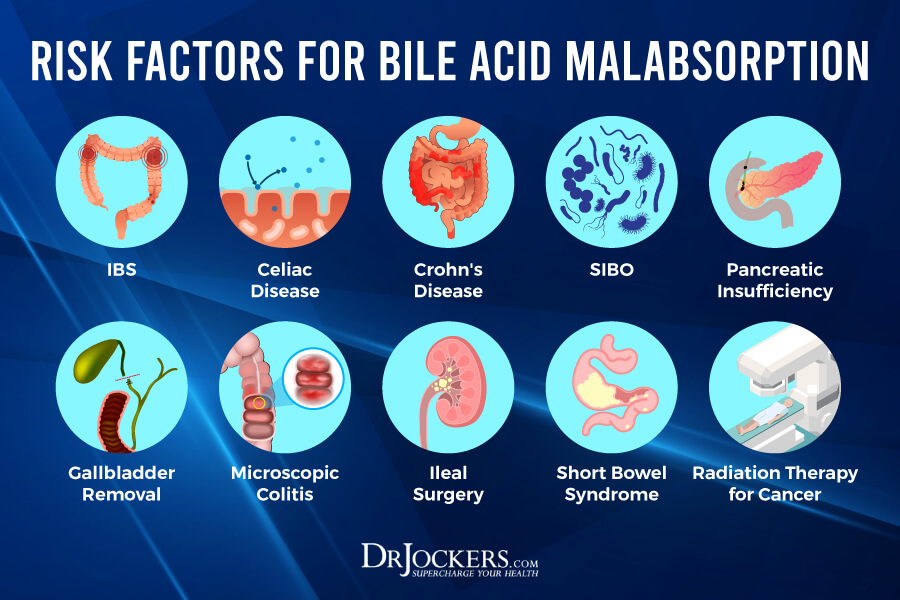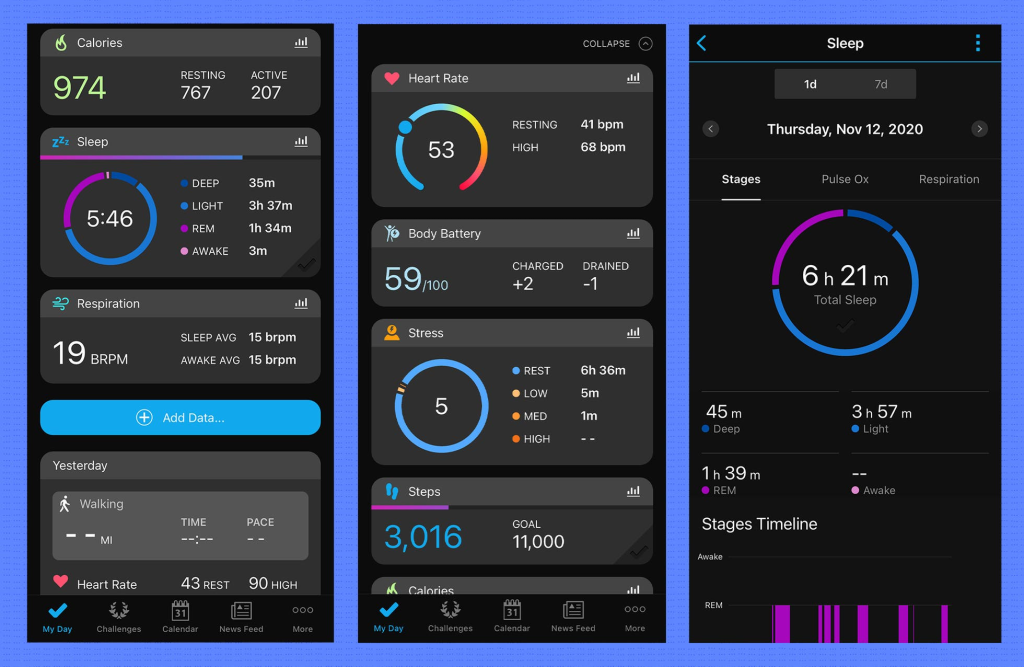Alzheimer’s treatment has taken a promising turn with the exploration of TIM-3 therapy, which harnesses the body’s immune system to combat the debilitating effects of Alzheimer’s disease. Recent studies highlight how turning off checkpoint molecules like TIM-3 can rejuvenate microglia, the brain’s immune cells, enabling them to effectively attack amyloid plaques associated with cognitive decline. This innovative approach not only underlines the intricate relationship between the immune system and Alzheimer’s but also offers hope for cognitive improvement in Alzheimer’s patients. Researchers have witnessed remarkable results in animal models, where the suppression of TIM-3 led to enhanced memory functions, indicating that this could be a pivotal milestone in Alzheimer’s disease research. As the quest for effective therapies continues, TIM-3 therapy emerges as a beacon of hope for improving the quality of life for those grappling with the challenges of Alzheimer’s.
The treatment strategies for Alzheimer’s disease have evolved significantly, especially with the advent of immune-based therapies. Within this expansive field, TIM-3 modulation has garnered attention due to its potential to rejuvenate the brain’s natural defenses. Researchers are now investigating how manipulating immune cell responses can alleviate the cognitive difficulties associated with dementia. This breakthrough aligns with ongoing efforts to unlock the complexities of neurodegenerative conditions and explore how elements such as microglia function and plaque clearance can lead to significant advancements in therapy. By redefining our approach, these innovative methods pave the way for promising solutions to enhance cognitive health in individuals affected by Alzheimer’s.
The Role of TIM-3 Therapy in Alzheimer’s Treatment
Recent studies suggest that TIM-3 therapy could be pivotal in developing effective treatments for Alzheimer’s disease. By inhibiting TIM-3, researchers have observed a significant enhancement in microglia’s ability to clear amyloid plaques from the brain. Microglia, the brain’s resident immune cells, play a crucial role in maintaining brain health by eliminating waste and repairing tissue. When TIM-3 is expressed at elevated levels, as seen in individuals with Alzheimer’s, these cells become less effective at combating plaque accumulation, which is a hallmark of the disease.
Utilizing anti-TIM-3 antibodies or small molecules to block the function of TIM-3 represents a promising therapeutic strategy. This approach not only aims to unleash the plaque-clearing potential of microglia but also seeks to improve cognitive function in Alzheimer’s patients. Clinical trials in mice have indicated that TIM-3 inhibition leads to noticeable improvements in memory and behavior, offering hope that similar outcomes could occur in humans.
Understanding the Immune System’s Role in Alzheimer’s Disease
Alzheimer’s disease has traditionally been viewed through a neurodegenerative lens, but emerging research highlights the significant role of the immune system in its pathology. The interaction between immune checkpoint molecules, such as TIM-3, and microglia has profound implications for understanding and treating this disease. TIM-3 acts as a governor for microglial activation; its high expression inhibits these immune cells, preventing them from effectively responding to amyloid-beta plaques. This suboptimal response contributes to progressive cognitive decline.
The findings from studies indicating that manipulating TIM-3 can restore microglial function provide a new avenue for therapy. By enhancing the immune response in the brain, treatments could mitigate some of the cognitive deficits associated with Alzheimer’s. This research underscores the importance of integrating immunological knowledge with neurodegenerative research, paving the way for innovative treatment approaches that leverage the brain’s immune system.
Microglial Function and Alzheimer’s Disease Mechanisms
Microglia are central players in brain health, with their functions extending beyond mere surveillance to active involvement in synaptic pruning and waste clearance. However, in Alzheimer’s disease, the role of microglia appears to shift towards a more defensive and less proactive mode due to elevated TIM-3 levels. This dysfunctional state hampers their ability to manage amyloid plaque buildup, exacerbating the neurodegenerative processes characteristic of this disease.
Understanding microglial mechanisms is crucial for developing therapies that could restore their functionality. By targeting molecules like TIM-3, researchers hope to reactivate microglia’s plaque-clearing capabilities, ultimately leading to cognitive improvements in patients suffering from Alzheimer’s. The potential to enhance microglial activity by pharmacologically intervening in the TIM-3 pathway offers exciting possibilities for future Alzheimer’s treatments.
Cognitive Improvement in Alzheimer’s Through Immunotherapy
Recent advancements in Alzheimer’s disease treatment focus on cognitive improvement through innovative immunotherapeutic strategies. Research shows that targeting immune checkpoint molecules like TIM-3 might rejuvenate microglial functionality, facilitating better clearance of amyloid plaques. Mice studies demonstrate that with TIM-3 inhibition, not only is plaque buildup reduced, but there are also observable enhancements in cognitive behavior, such as memory and fear response.
Such findings suggest that immunotherapy could significantly alter the trajectory of Alzheimer’s disease. By harnessing the power of the immune system to combat the neurodegenerative processes, researchers are paving the way for therapies that could not only halt disease progression but potentially restore some degree of cognitive function. This paradigm shift highlights the importance of integrating immunological strategies into Alzheimer’s research and treatment protocols.
Future Directions in Alzheimer’s Disease Research
As Alzheimer’s disease research evolves, the focus is increasingly on innovative treatment strategies that incorporate the immune system. The potential use of TIM-3 inhibitors highlights a future direction where therapies could target underlying biological mechanisms rather than just symptoms. Current research is exploring human anti-TIM-3 antibodies to assess their effectiveness in reducing plaque formation in Alzheimer’s mouse models, which could lead to breakthroughs in human Alzheimer’s treatment.
Furthermore, ongoing studies aim to understand how altering TIM-3 expression impacts cognitive functions directly. Researchers hope that by investigating this relationship, they can develop precise therapeutic regimens. These efforts embody a shift toward personalized medicine, where understanding an individual’s genetic makeup and immune profile could guide more effective and tailored treatments for Alzheimer’s.
The Importance of Collaboration in Alzheimer’s Research
Collaboration in research is paramount when it comes to complex diseases like Alzheimer’s. The joint efforts of multiple labs and institutions can accelerate the pace of discovery and innovation. The work involving TIM-3 therapy is a testament to what can be achieved when researchers from different backgrounds come together to tackle shared problems. By combining expertise in immunology and neurology, significant insights can be garnered about treatment strategies that may have previously been overlooked.
Moreover, interdisciplinary collaboration can lead to the development of comprehensive research frameworks that integrate various scientific approaches. For instance, insights from cancer immunotherapy are now being applied to Alzheimer’s research, illustrating how versatile understanding in one field can benefit another. Such collaborations not only enhance the scientific discourse but also pave the way for revolutionary advancements in therapeutic methodologies for Alzheimer’s disease.
Challenges in Alzheimer’s Disease Drug Development
Despite recent breakthroughs, developing effective drugs for Alzheimer’s disease remains fraught with challenges. The prevalent nature of amyloid plaques makes them an appealing target; however, many clinical trials have yielded disappointing results. One significant challenge is ensuring that treatments can reach the brain effectively and not cause adverse effects elsewhere in the body. The TIM-3 pathway, having shown promise in preclinical studies, still faces hurdles in translating these results into human therapies.
Moreover, the complexity of Alzheimer’s pathology, which involves neurodegeneration, inflammation, and metabolic dysfunction, complicates drug development. Therapies that address only one aspect of the disease may not yield significant improvements in clinical outcomes. It is essential for researchers to address these multifaceted challenges through collaborative efforts and innovative thinking to formulate holistic Alzheimer’s strategies that improve patient care.
Advancements in Biological Understanding of Alzheimer’s
The biological underpinnings of Alzheimer’s disease continue to be elucidated as researchers probe deeper into molecular and cellular mechanisms. Advancements in genome-wide association studies have highlighted the role of TIM-3 in identifying genetic risk factors associated with late-onset Alzheimer’s. Understanding such associations enhances our awareness of the disease’s etiology, aiding in the development of targeted therapeutics.
This deeper understanding furthers the potential for precision medicine approaches in treating Alzheimer’s. By identifying biomarkers and genetic predispositions, researchers can tailor interventions that align closely with individual patient profiles. Such advancements highlight the importance of continuously integrating genetic and immunological insights into Alzheimer’s research, steering efforts toward more effective therapeutic strategies.
The Future of Alzheimer’s Disease Therapies
The future landscape of Alzheimer’s disease therapies appears promising with the emergence of innovative approaches like TIM-3 inhibition. As researchers gather more evidence on the efficacy of these therapies, there is hope for sustainable models of care that not only address symptoms but also aim at disease modification. The exploration of immunotherapy in Alzheimer’s offers a thrilling avenue for breakthroughs that could change how the disease is understood and treated.
Looking forward, as the scientific community embraces the interconnectedness of various research domains, the potential to unlock new therapeutics grows exponentially. Collaborative efforts aimed at understanding the immune system’s role in Alzheimer’s, combined with novel drug delivery systems, could lead to the realization of effective treatments tailored to the complexities of each patient’s condition. In this evolving field, sustained research and innovation will be key to enhancing the quality of life for Alzheimer’s patients and their families.
Frequently Asked Questions
What is TIM-3 therapy and how does it relate to Alzheimer’s treatment?
TIM-3 therapy targets the TIM-3 protein, an immune checkpoint molecule that inhibits microglia, the brain’s immune cells. By inhibiting TIM-3, this therapy can enhance microglial function, allowing them to better clear amyloid beta plaques associated with Alzheimer’s disease, potentially improving cognitive functioning.
How does the immune system and Alzheimer’s relate to TIM-3 therapy?
The immune system plays a crucial role in Alzheimer’s disease by combating plaque accumulation. TIM-3 therapy works by modulating the immune system, specifically through the inhibition of TIM-3, thus enabling microglia to clear plaques more effectively, which can significantly impact the progression of Alzheimer’s.
What role do microglia function play in Alzheimer’s treatment research?
Microglia function is vital in Alzheimer’s treatment research as these cells are responsible for the maintenance of brain health. Inhibiting checkpoint molecules like TIM-3 allows microglia to become active again, helping to clear amyloid plaques and potentially leading to cognitive improvement in Alzheimer’s patients.
Can cognitive improvement in Alzheimer’s be achieved through TIM-3 therapy?
Yes, cognitive improvement in Alzheimer’s may be achieved through TIM-3 therapy by enhancing the plaque-clearing capabilities of microglia. Research shows that disabling TIM-3 allows these immune cells to effectively target and remove amyloid plaques, which can result in improved memory and cognitive function.
What recent findings support TIM-3’s role in Alzheimer’s disease research?
Recent studies indicate that TIM-3 is expressed at higher levels in microglia from Alzheimer’s patients, inhibiting their ability to clear amyloid plaques. This finding highlights the potential of TIM-3 as a target for therapy in Alzheimer’s disease research aimed at enhancing cognitive function and slowing disease progression.
What are the implications of TIM-3 therapy for future Alzheimer’s treatments?
The implications of TIM-3 therapy for future Alzheimer’s treatments are significant. By targeting TIM-3, researchers hope to develop interventions that enhance the immune response in the brain, potentially leading to effective strategies that could slow down or reverse cognitive decline associated with Alzheimer’s disease.
How has TIM-3 been researched in the context of Alzheimer’s disease?
TIM-3 has been researched in the context of Alzheimer’s disease through animal models, where its inhibition has shown promising results in improving microglial function and memory retention by facilitating the clearance of amyloid beta plaques, marking a new avenue in Alzheimer’s treatment strategies.
What is the connection between TIM-3 and the genetic risk factors of Alzheimer’s disease?
TIM-3 is linked to genetic risk factors for Alzheimer’s disease, with specific polymorphisms associated with increased levels of TIM-3 expression in microglia, contributing to their dysfunction and plaque accumulation in the brains of Alzheimer’s patients.
| Key Point | Details |
|---|---|
| Research Overview | A study suggests that immune checkpoint molecules could potentially be repurposed from cancer treatment to enhance cognitive function in Alzheimer’s patients. |
| Role of TIM-3 | TIM-3 is an immune checkpoint molecule that, when inhibited, allows microglia to clear amyloid plaques in the brain. |
| Impact on Alzheimer’s | Inhibition of TIM-3 led to improved memory in mice models of late-onset Alzheimer’s disease. |
| Mechanism of Action | TIM-3 maintains microglial cells in a ‘homeostatic’ state, preventing them from clearing plaques due to the accumulation and presence of genetic polymorphisms. |
| Research Significance | The findings could be pivotal in developing new Alzheimer’s treatments post the failures of past drug trials. |
Summary
Alzheimer’s treatment may take a promising new direction based on groundbreaking research into immune checkpoint molecules. This study highlights how inhibiting the TIM-3 molecule can empower the brain’s immune cells—microglia—to clear harmful amyloid plaques, potentially restoring cognitive function. The implications of this research are profound, suggesting that strategies initially designed for cancer therapies could be adapted to combat Alzheimer’s disease effectively. As the scientific community continues to explore this avenue, the hope for improved Alzheimer’s treatment becomes increasingly tangible.



